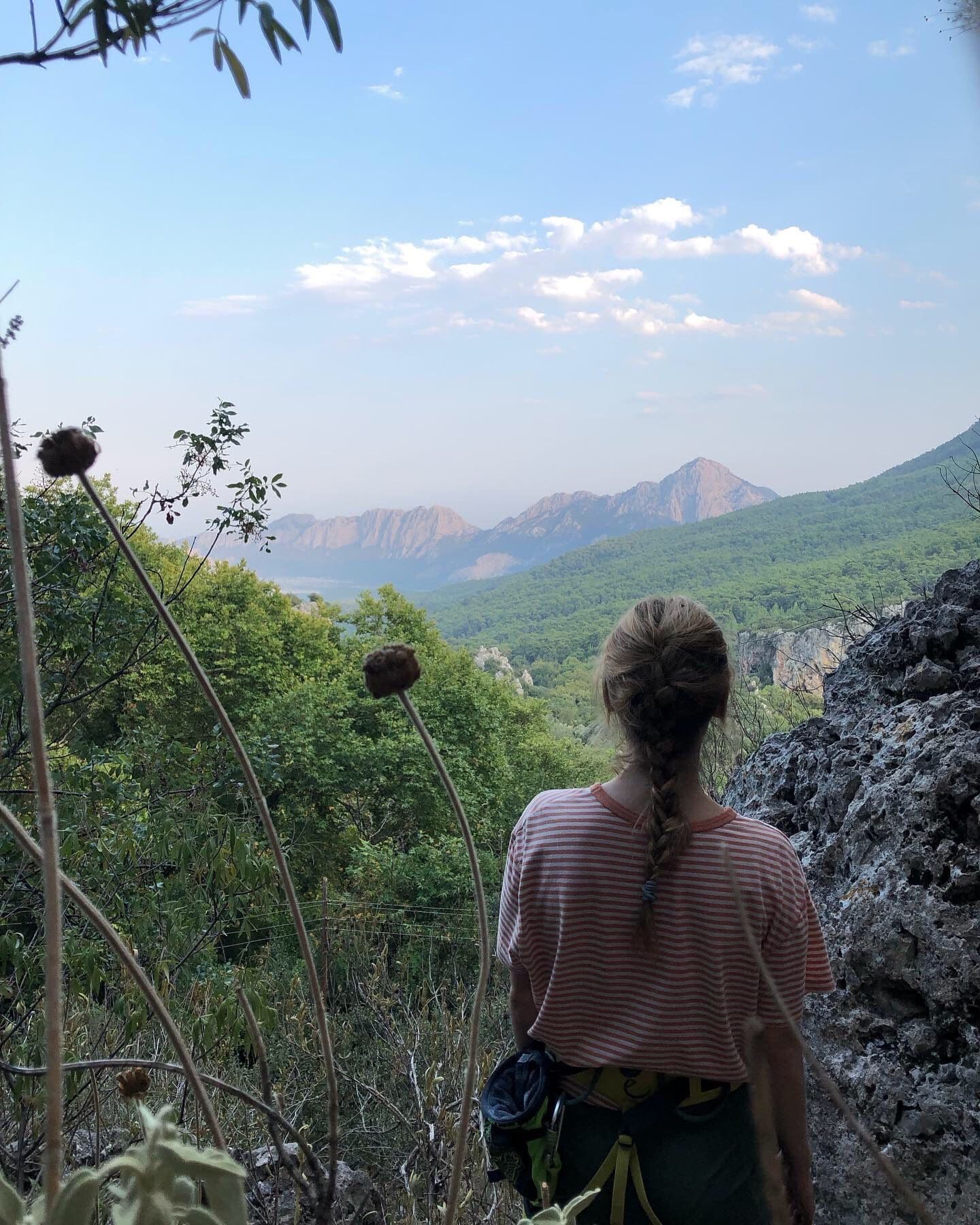
On the Different Rhythms of Dream Time and Earth Time
- Nov 5, 2025
- 4 min read
Sometimes, in dreams, transformation happens in a heartbeat. A woman who has always frozen in fear finally speaks. A man who has always fallen from a cliff suddenly grows wings. A door that was locked for years opens effortlessly. These moments can feel like a quiet revolution inside the psyche, as if something long tangled has been untied in the soul’s deep chambers.
When such a change appears in a dream, it’s a big deal. It doesn’t happen by chance; it’s often the result of some quiet inner work you’ve already been doing in waking life, even if you haven’t seen its effects yet. The dream world reflects our psyche’s ripening.
For months or years, you may have stood at the same symbolic edge, the cliff you couldn’t move past, the closed door you couldn’t open, the abandonment that never resolved.
And then, one night, something changes. You find yourself not frozen at the edge anymore, but realizing you’ve grown wings. This image shows that something inside you has shifted. Perhaps you learned to set a boundary, or became conscious of a pattern that once held you captive. The dream gives you a living image of that transformation. It’s the soul’s way of saying, “You’ve done something. You’re ready to move.”
The Dream’s Rhythm: The Soul’s Instant
In Jungian thought, dreams are a realm where the psyche expresses itself through images and symbols rather than linear cause and effect. In this world, things can shift in an instant because they are not bound by time and space, habit, or biology.
In dream time, one act of courage — one letting go, one honest word — can signal that the unconscious has rebalanced itself. And, all at the same time, these actions are reflections of a shift in perspective, a shift in how you see the world. The pattern has been broken off; something new is possible. These moments are psychic facts. They are real transformations in the symbolic world, and once they happen there, the psyche will begin to seek expression for them in waking life.
According to Robert Jhonson, it is very important that we let our unconscious know we got the meaning of the dream by crystallizing the dream with a ritual. Here is how to interpret your dreams and conclude with a ritual.
But that next part — the expression in waking life — unfolds according to a different rhythm.
The Earth’s Rhythm: The Body’s Seasons
Here in the waking world, transformation is slower. The body, the nervous system, and our everyday relationships move in rhythms closer to the seasons than to lightning. Even if the soul has already imagined freedom, the body may still tremble when it’s time to act on that freedom.
Think of someone who dreams of crossing a bridge after years of being stuck on one side. In the dream, it feels easy and natural. Yet when she wakes, her legs still shake at the idea of crossing real bridges, or confronting what the bridge symbolized. That doesn’t mean the dream “didn’t work.” It means the psyche has leapt forward, but the body and personality, the “boat with weight,” as one might say, are still turning to follow.
The psyche moves fast; the soma learns slowly. Johnson often emphasized that integration — the slow process of living what the dream revealed — is where the real work lies. Dreams show us the potential. Life asks us to embody it through repetition, grounded choices, and compassion for our human slowness.
The Meeting of Two Times
Earth time and dream time are not opposed; they are complementary. The dream shows the direction; waking life tests it. Dream time reveals what could be; Earth time teaches us how to live it in the flesh.
We can imagine them as two rivers running parallel, the psychic and the physical. Sometimes they flow together, and we feel grace: insight, courage, synchronicity. At other times, they diverge, and we feel that regression that so often discourages us when we seem to fall back into an old pattern, even after seeing freedom so clearly.
But perhaps that isn’t failure. Perhaps it is only the soul’s rhythm adjusting to the body’s. What appears as “going backward” may just be the slow sedimentation of the dream’s lesson into the bones. The psyche may already know how to fly, but the muscles of the wings are still forming.
Living Between the Two
In Jungian practice, the art is to hold both worlds, to take the dream seriously, without demanding that it instantly change your outer life. You can ask: What is this dream inviting me to embody? and then move gently toward that invitation, step by step.
The dream shows the vision, the movement of grace. But in waking life, it is my devotion that gives that grace roots by tending to my boundaries, learning what is truly a yes or a no for me, and choosing to keep showing up for myself.
Grace opens the door; devotion walks through it.
To remember this is to walk with more patience toward wholeness. The psyche dreams in leaps; the Earth heals in seasons. Our task is to stay faithful to both the vision that comes swiftly in the night and the slow becoming that unfolds, one conscious act at a time, under the sun.
